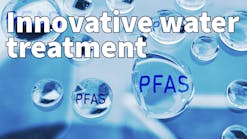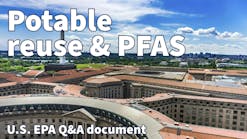The Wyland Foundation has released a how-to guide with six tips for conserving water during El Niño. Last year, residents from over 3,600 cities across the U.S. took the National mayor's Challenge for Water Conservation, including Dallas residents, who made over 3,700 water reduction pledges. The challenge encourages businesses, families, and students to rethink how they use water at home, at work, and in the community by making a series of simple action pledges online at mywaterpledge.com. Participating residents from cities with the most pledges are entered to win a range of eco-friendly prizes, including a Grand Prize Toyota Prius v. The challenge includes a "classroom edition" with lesson plans and activities.
Place rain barrels under storms drains. The primary purpose of a rain barrel is to provide homeowners a source of soft, slightly acidic water that is preferable to city water which may be chlorinated or well water which may contain excessive mineral content for irrigating house plants and grass. Rain barrels also reduce the potential for basement flooding by directing water away from house foundations.
Landscape maintenance and irrigation are the biggest users of water in the United States. Efficient irrigation systems and water management practices can reduce the impact of irrigated production on offsite water quality, while conserving water for growing consumer demands, according to Steve Creech VP of the Wyland Foundation—a non-profit environmental group campaigning to reduce pollution and increase conservation in preparation of climate changes in American communities.
Prevent storm water pollution. Rain barrels decrease the amount of water flowing into lakes and rivers which reduces erosion and helps prevent stormwater pollution of waterways. Rain barrels work particularly well on smaller properties where plants can be watered directly from a barrel using an attached hose. Typically, rainwater runoff is collected in storm sewer systems and released directly into streams. This direct runoff can contribute to flooding in developed areas with a lot of waterproof surface (like roofs, sidewalks, parking lots, and other surfaces that can’t drain excessive rain water). This runoff carries with it pollutants that contribute to poor water quality that can affect the health of local waterways and even your drinking water.
Conserve to contribute. When you collect rainwater that would otherwise enter the storm sewers, you are helping to minimize the amount of storm water that will directly runoff into streams. A rain barrel won't solve the flooding issue by holding back all the storm water, however it is a good start and it gets homeowners thinking about water conservation.
Unclog storm drains. When storm drains get clogged with fallen leaves and debris, water doesn’t drain to designated and usually cemented waterways which derail to gutters. Storm water drips onto windows, home siding panels or stucco cement or brink which then weathers the outer construction of buildings.
Sanitize anythingthat has touched flood water, according to FDA guidelines, including food packed in non-metal containers
- Mix 1 tablespoon household bleach with 1 gallon of water.
- Soak item in the solution for 15 minutes and air dry.
For more information about how to properly navigate El Niño and climate changes during winter and the warmer months, go to http://mywaterpledge.com to pledge to conserve this 2016.



